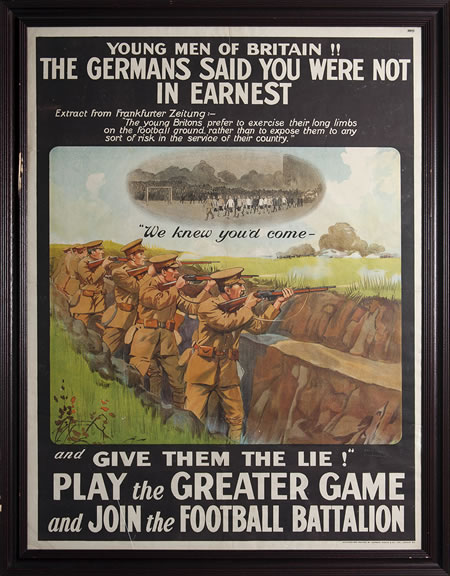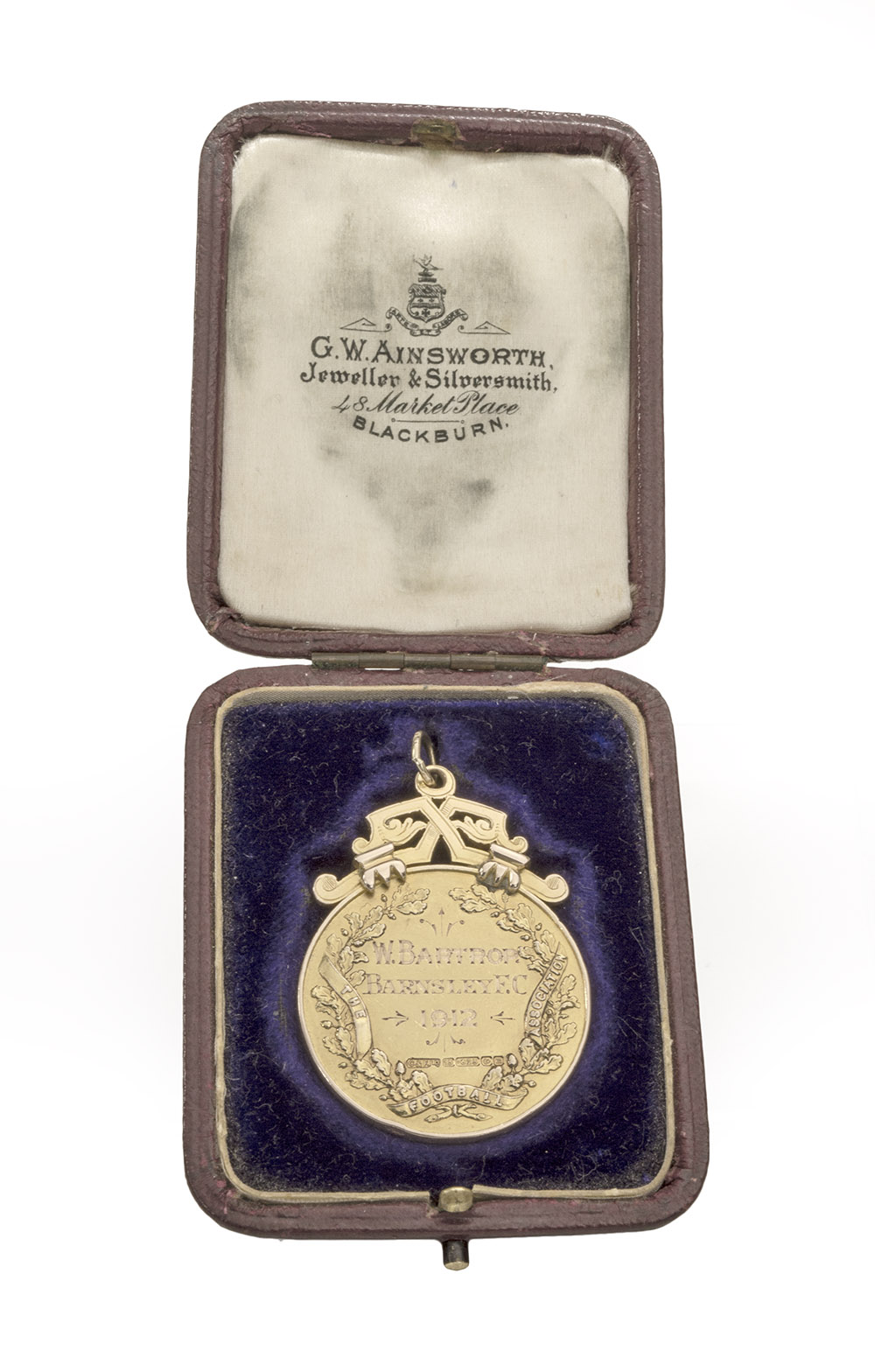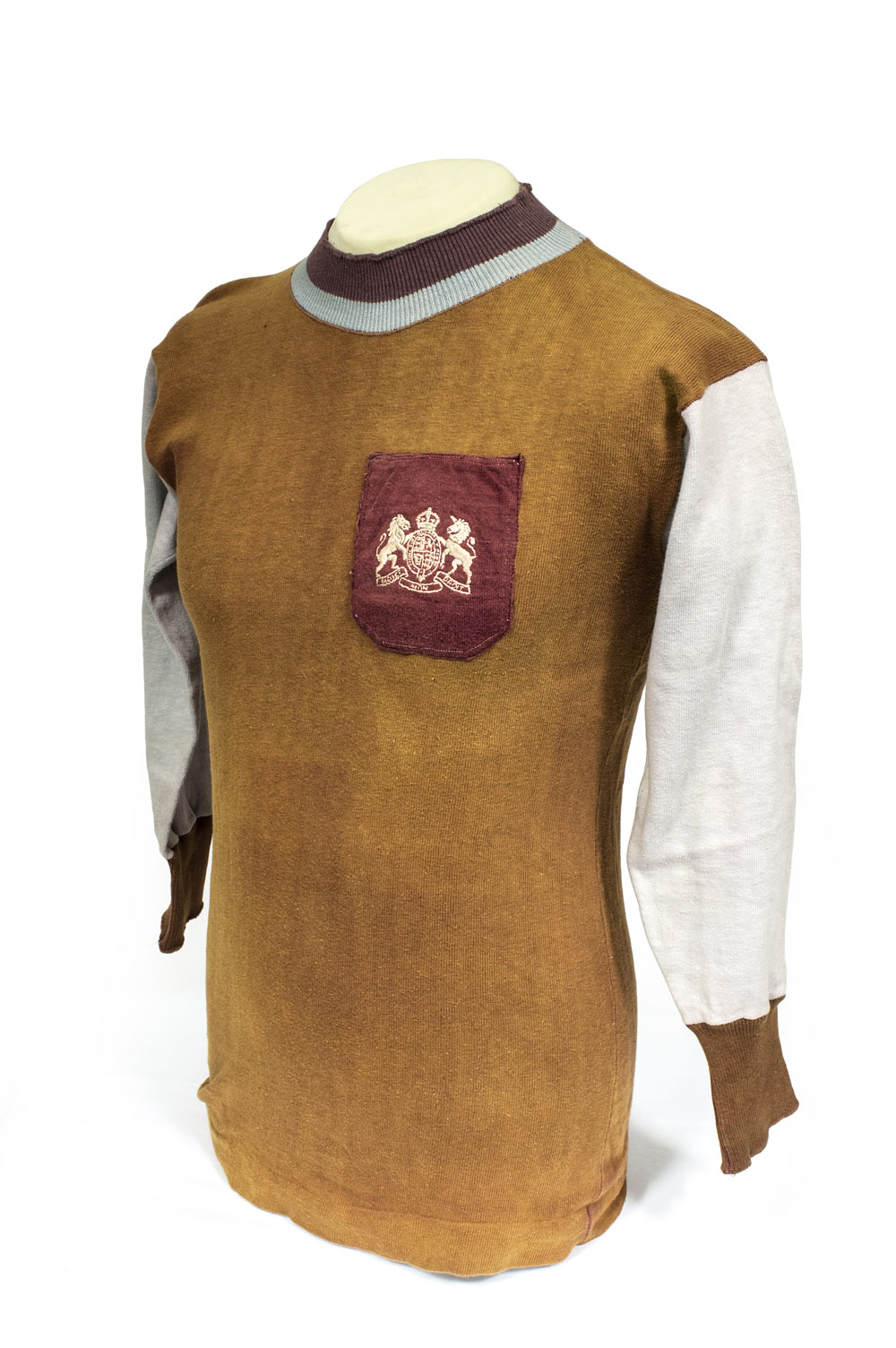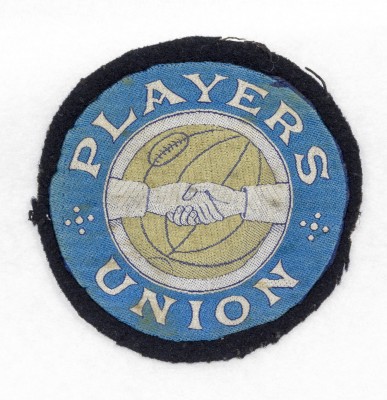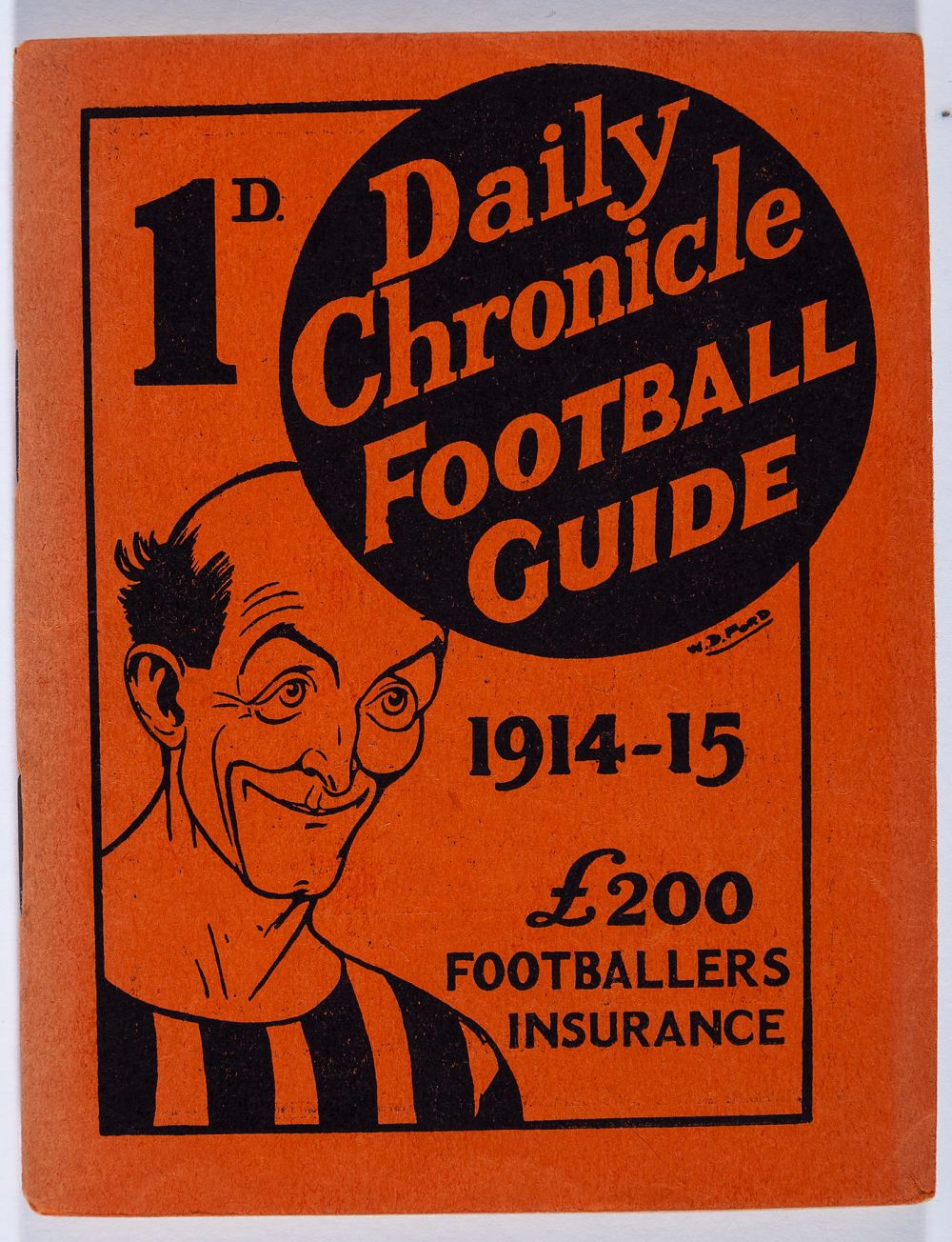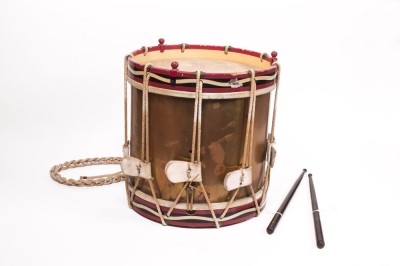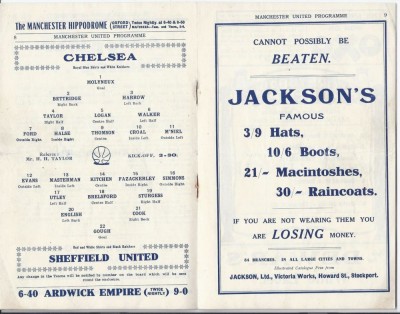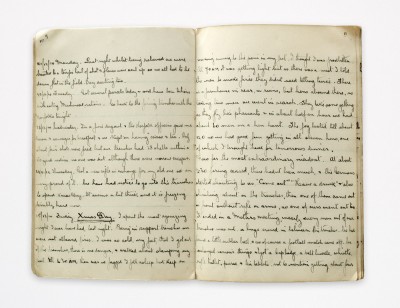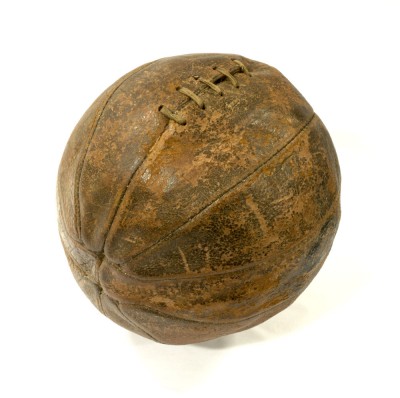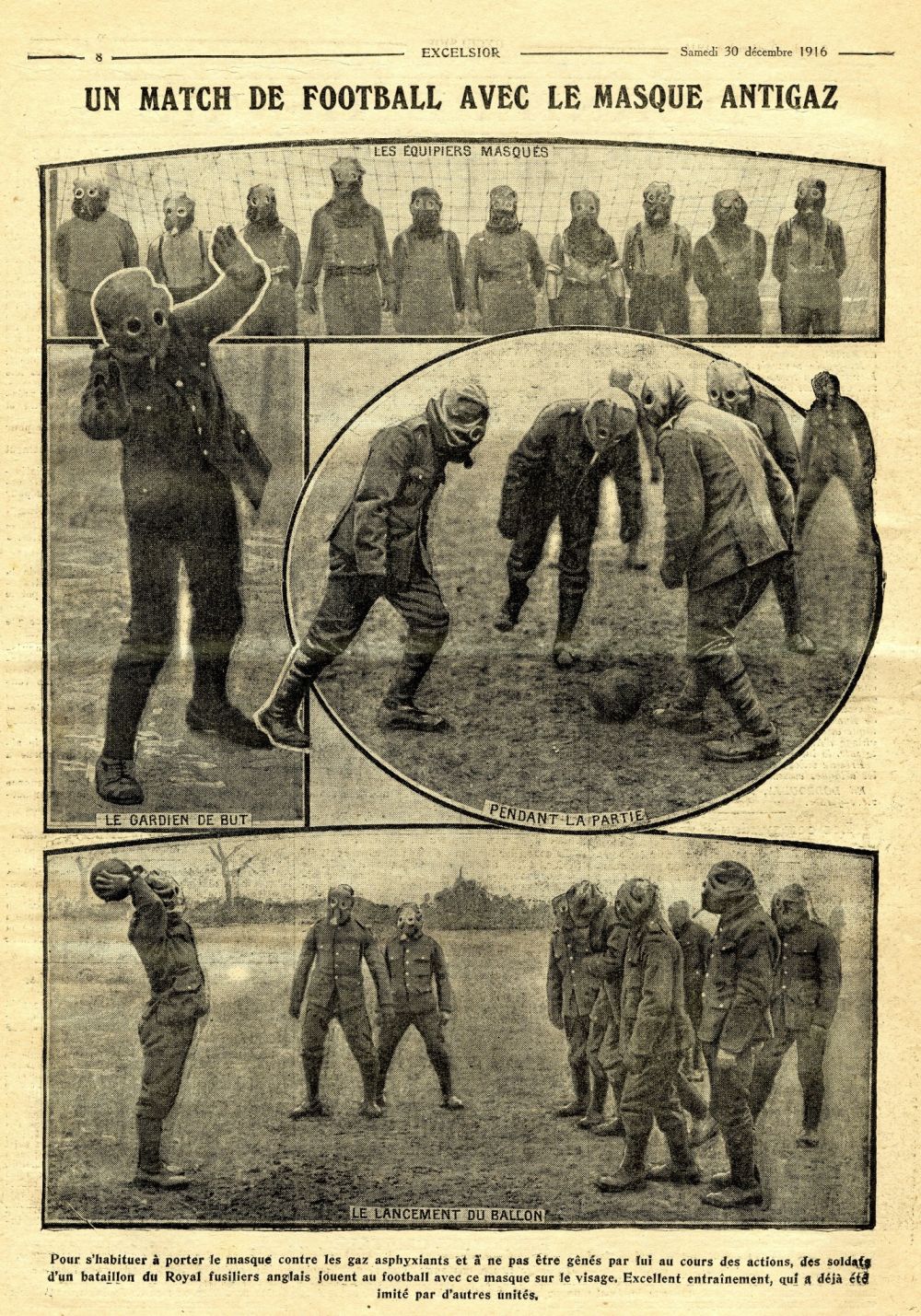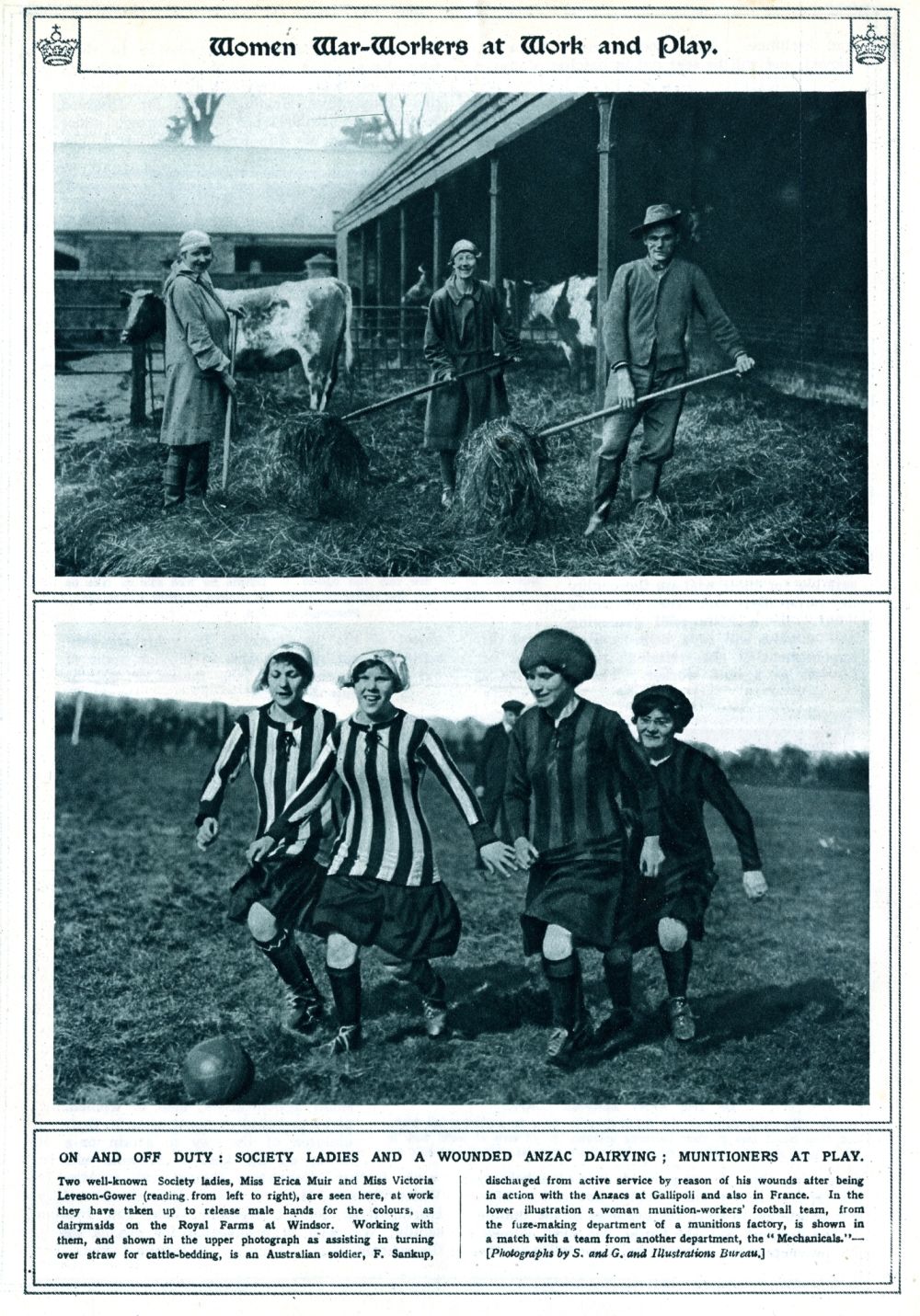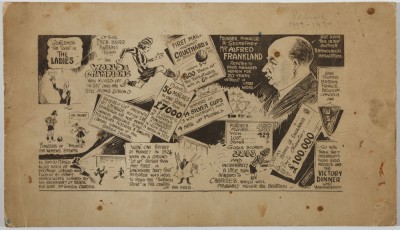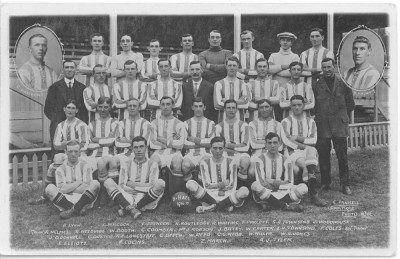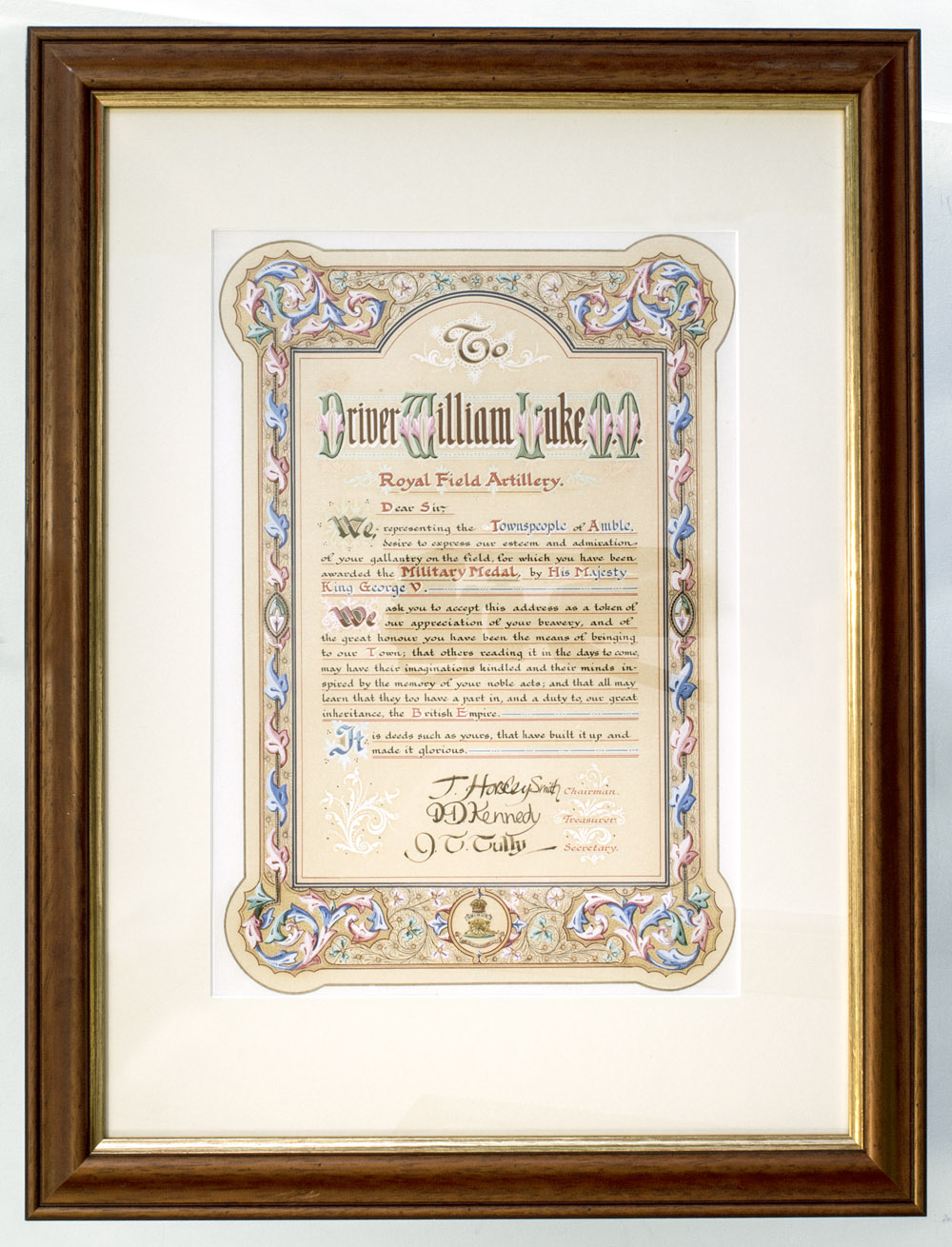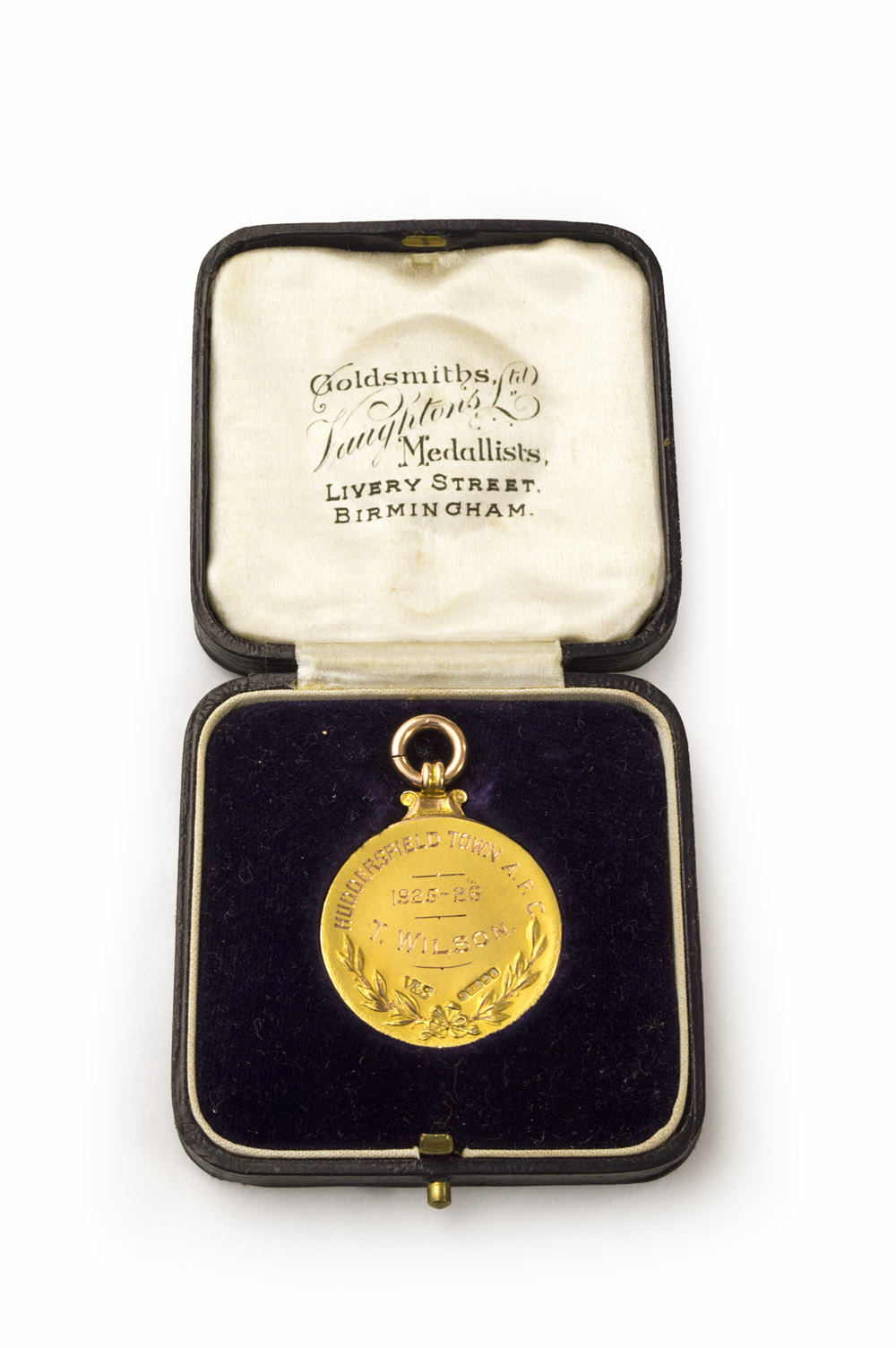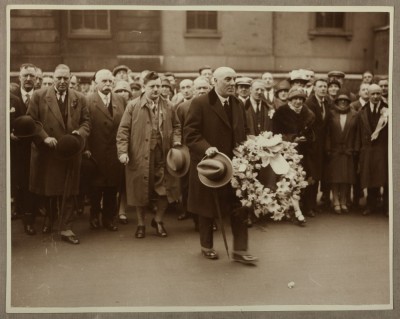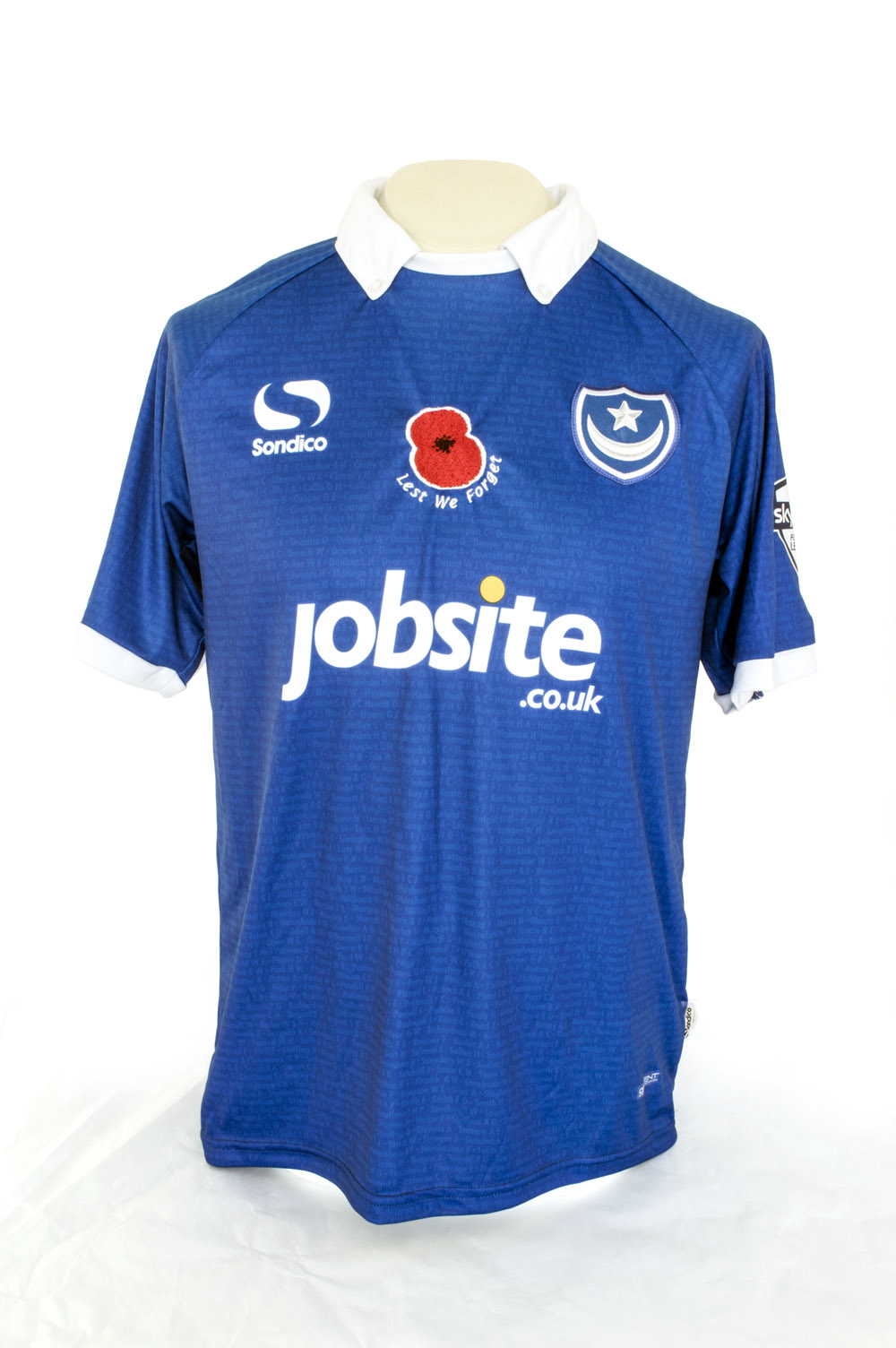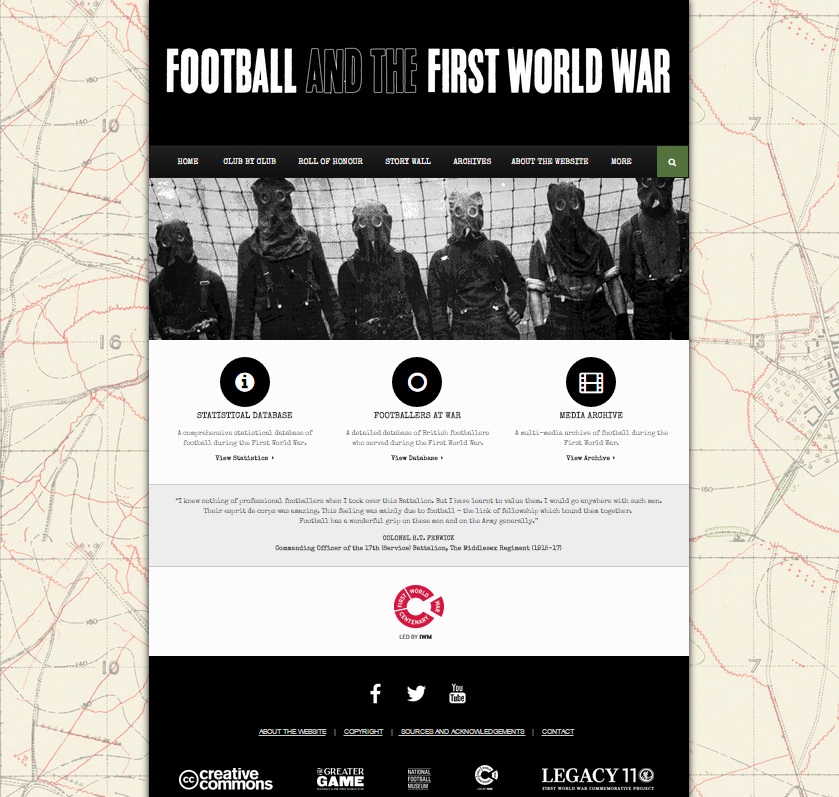
Football will always be connected to the First World War by tales of Christmas truce ‘matches’ and footballs kicked ‘over the top’. This exhibition sheds new light on these and other events revealing the untold stories of fans and players; from the front lines to the home front.
Wilfred Bartrop
Just after the end of the First World War newspapers carried news of the death of Wilfred Bartrop.
Pre-War Football: The National Sport
On the eve of the First World War, football was a game that a modern observer would recognise.
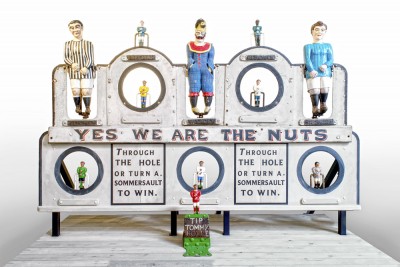
The 1914 FA Cup final
The King visits the Crystal Palace.
The Players’ Union
The years immediately leading up to the First World War saw the greatest industrial unrest in Britain’s history.
Global Game
By 1914 Britain had spread football across the world.
THE 1914/1915 SEASON
Despite Britain’s declaration of war on 4 August, the 1914/15 professional season went ahead. It was to become an increasingly controversial decision.
The Footballers’ Battalion
In December 1914 a footballers’ battalion was formed in response to the criticism of professional football.
The Khaki Cup Final
Old Trafford hosts the last FA Cup Final before the suspension of competitive football in England.
The Christmas Truce 1914
On Christmas Eve some German troops sang carols and lit candles on small fir trees along their trenches. Nearby British troops joined in and messages were exchanged. The next day thousands met in no man’s land. They exchanged gifts, drank and took photographs. Arrangements were made to bury the dead. The truce was not observed everywhere and in some places fighting continued.
Footballs Over the Top
In 1914, Wilfred Percy “Billie” Nevill left college to go to war. By 1915 he was in France in the 8th (Service) Battalion, The East Surrey Regiment. On the dawn of 1st July 1916 he led them as their Captain, into the Battle of The Somme.
Football behind the lines
It was quickly recognised that organised football could be of benefit to the troops both physically and mentally.
The Rise of Women's Football
The outbreak of war had a profound effect on the lives of British women and the popularity of their game.
Dick, Kerr Ladies Football Club
The most famous women’s works team was Dick, Kerr Ladies of Preston.
Fallen Footballers
While many football clubs lost players during the war, some fared worse than others.
Post-War: Footballers Return from the Front
After the armistice, the players that had survived the war returned home to face new challenges in a period of great uncertainty.
A Return to Competitive Football
While football was no longer an option for some players who had returned from the battlefield, others were able to resume their careers in the game.
Remembrance
Football clubs and authorities were quick to recognise the importance of remembering and commemorating players and supporters who had been lost to the war.
Continuing Commemorations
One hundred years on from the outbreak of the First World War, the tradition of remembrance and reflection is observed by players, supporters and football clubs.

www.footballandthefirstworldwar.org features stories and records of every player who served during the conflict, as well as records of wartime football and stories from the wider game. The site is appealing for ‘citizen historians’ to come forward with stories and artefacts relating to football during the war years.
Browse Our The Greater Game Products
Our shop has a selection of books and memorabilia specially selected for our Greater Game exhibition. Click the link below to view them.

